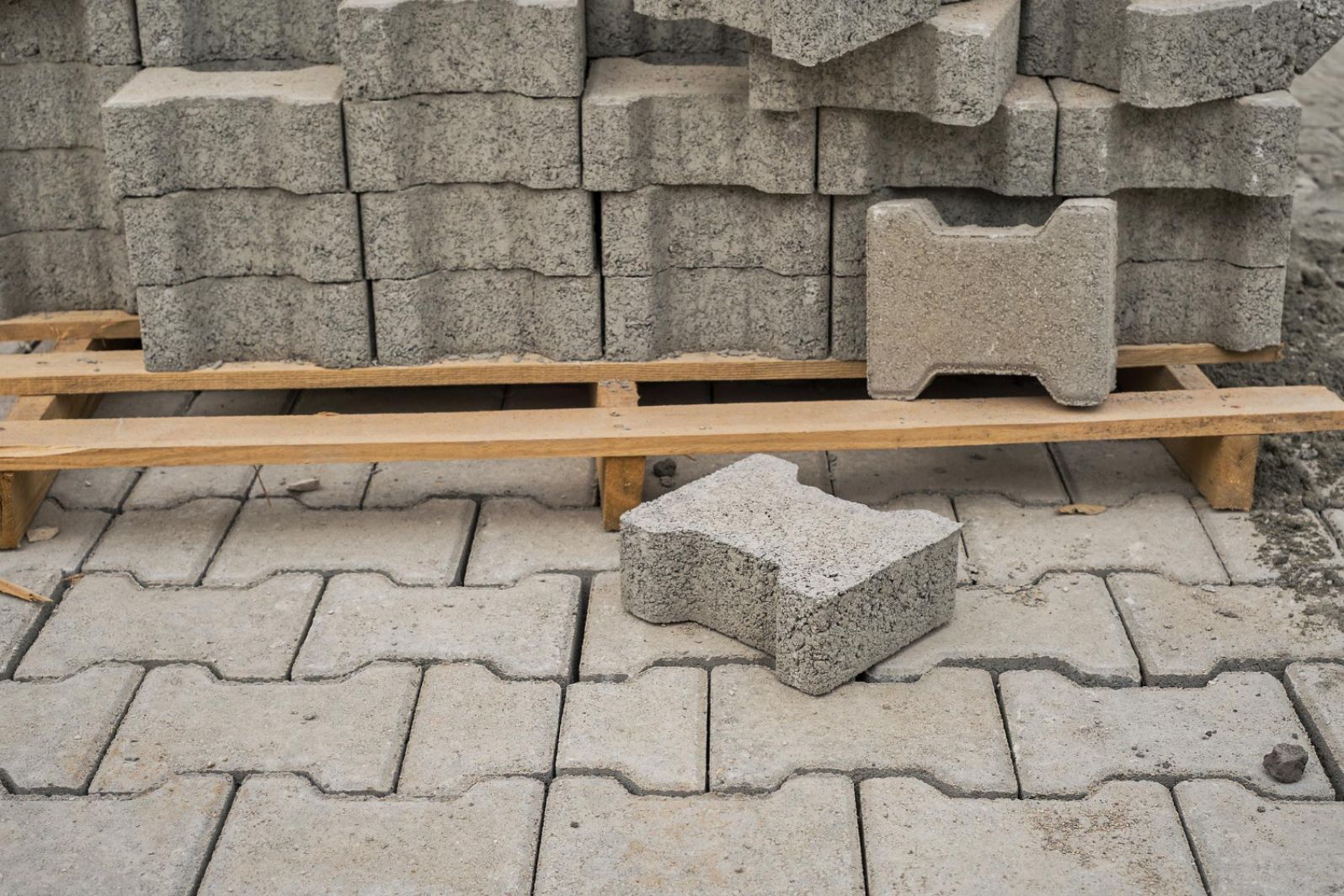
In the realm of railway infrastructure, where safety, reliability, and toughness are paramount, the selection of sleepers plays a crucial role in making sure the clean operation of rail networks. Among the numerous materials used for sleepers, concrete has emerged as a popular and desired option due to its extraordinary energy, durability, and balance. Concrete sleepers, also referred to as concrete ties, offer a solid foundation for railway tracks, provide blessings over traditional wooden sleepers. This article delves into the strength and stability of concrete sleepers, exploring their production, benefits, and contributions to fashionable railway systems.
Evolution of Railway Sleepers
Railway sleepers, historically made from wood, have long served as the foundational element of rail tracks, offering support and stability to the rails. However, the inherent limitations of timber sleepers, inclusive of susceptibility to rot, decay, and bug infestation, brought on the improvement of opportunity materials. Concrete emerged as a possible substitute, imparting advanced energy, durability, and resistance to environmental factors
Transition to Concrete Sleepers
The transition from wooden to concrete sleepers marked a sizable milestone within the evolution of railway infrastructure. Concrete sleepers had been first delivered inside the early 20th century, gaining traction due to their durability and low upkeep necessities. Over time, improvements in manufacturing strategies and materials engineering have further enhanced the overall performance and reliability of concrete sleepers, making them the desired preference for present day railway tasks internationally.
Construction and Design
Concrete sleepers are usually forged using high-strength concrete strengthened with metallic bars or wires to enhance structural integrity and sturdiness. The manufacturing manner includes molding concrete into the preferred form and size, with versions to deal with distinct music gauges and cargo requirements.
Prestressed Concrete Sleepers
One of the important improvements in concrete sleeper layout is the incorporation of prestressed reinforcement. Prestressed concrete sleepers are engineered to face up to better loads and limit the danger of cracking or deformation below heavy visitors situations. This is achieved through applying anxiety to the steel reinforcement before casting, resulting in a sleeper that is inherently stronger and more resistant to bending and fatigue.
Monoblock vs Twin-block Sleepers
Concrete sleepers are to be had in numerous configurations, consisting of monoblock and dual-block designs. Monoblock sleepers encompass a single, stable piece of concrete, offering a uniform guide alongside the length of the rail. Twin-block sleepers, alternatively, characteristic two separate blocks connected by means of a metal bar or rail, presenting more suitable flexibility and simplicity of set up.
Advantages of Concrete Sleepers
Concrete sleepers offer a mess of advantages over traditional wooden sleepers, making them an appealing preference for railway builders and operators worldwide.
Strength and Durability
One of the primary blessings of concrete sleepers is their high-quality electricity and durability. Unlike wood sleepers, which might be prone to decay and deterioration through the years, concrete sleepers are quite resistant to environmental elements including moisture, temperature fluctuations, and insect damage. This guarantees long-term reliability and minimum renovation requirements, lowering lifecycle charges for railway operators.
Enhanced Stability and Track Maintenance
Concrete sleepers provide a stable and uniform help base for railway tracks, minimizing music motion and deformation underneath heavy masses. This allows to keep track alignment and geometry, decreasing the need for frequent adjustments and track upkeep sports. Additionally, the smooth floor of concrete sleepers helps efficiently tune inspection and upkeep, improving standard safety and operational performance.
Sustainability and Environmental Benefits
Concrete sleepers provide environmental advantages as compared to standard wooden sleepers. Concrete is a quite simply to be had and recyclable cloth, making it a sustainable choice for railway creation tasks. Furthermore, the durability of concrete sleepers reduces the need for frequent alternatives, resulting in decreasing useful resource intake and waste era over the lifecycle of the railway infrastructure.
Compatibility with High-Speed and Heavy-Duty Applications
Concrete sleepers are nicely-suited for excessive-speed and heavy-responsibility railway applications due to their advanced electricity and balance. They can face up to higher axle loads and train speeds, making them perfect for mainline railways, high-pace rail corridors, and freight transportation networks. Additionally, concrete sleepers provide more desirable resistance to dynamic loading and fatigue, ensuring reliable performance under demanding working conditions.
Future Trends and Innovations
The destiny of concrete sleepers is poised for similar innovation and development, driven by the way of emerging technologies and evolving enterprise traits.
Composite and Fiber-Reinforced Materials
Advancements in materials technological know-how are main to the improvement of composite and fiber-strengthened concrete sleepers, which offer stronger energy, flexibility, and corrosion resistance compared to conventional concrete. These revolutionary materials have the potential to further improve the overall performance and durability of railway tracks, especially in tough environments such as coastal areas and high-salinity regions.
Smart and Sensor-Enabled Sleepers
The integration of sensors and clever technologies into concrete sleepers is remodeling the manner railway tracks are monitored and maintained. Smart sleepers ready with embedded sensors can offer actual-time records on track situations, including temperature, vibration, and pressure tiers, bearing in mind proactive upkeep and predictive analytics. This permits railway operators to optimize track performance, decrease downtime, and decorate protection for passengers and freight alike.
Modular and Prefabricated Solutions
Modular and prefabricated concrete sleepers offer opportunities for streamlined production and increased project shipping, particularly in urban environments with limited space and logistical constraints. These prefabricated solutions can be synthetic off-site and assembled on-site, decreasing creation time and disruption to existing rail operations. Additionally, modular sleepers may be custom designed to deal with various tune configurations and layout requirements, providing flexibility and scalability for destiny railway projects.
Conclusion
Concrete sleepers play a crucial function in the energy and stability of railway infrastructure, offering a strong basis for tracks that assist the motion of passengers and freight round the arena. With their terrific energy, durability, and versatility, concrete sleepers provide numerous advantages over traditional timber sleepers, making them the desired preference for modern-day railway projects. As the demand for efficient, dependable, and sustainable transportation continues to develop, concrete sleepers will continue to be vital additives of railway networks, making sure safe and smooth journeys for generations to come.




